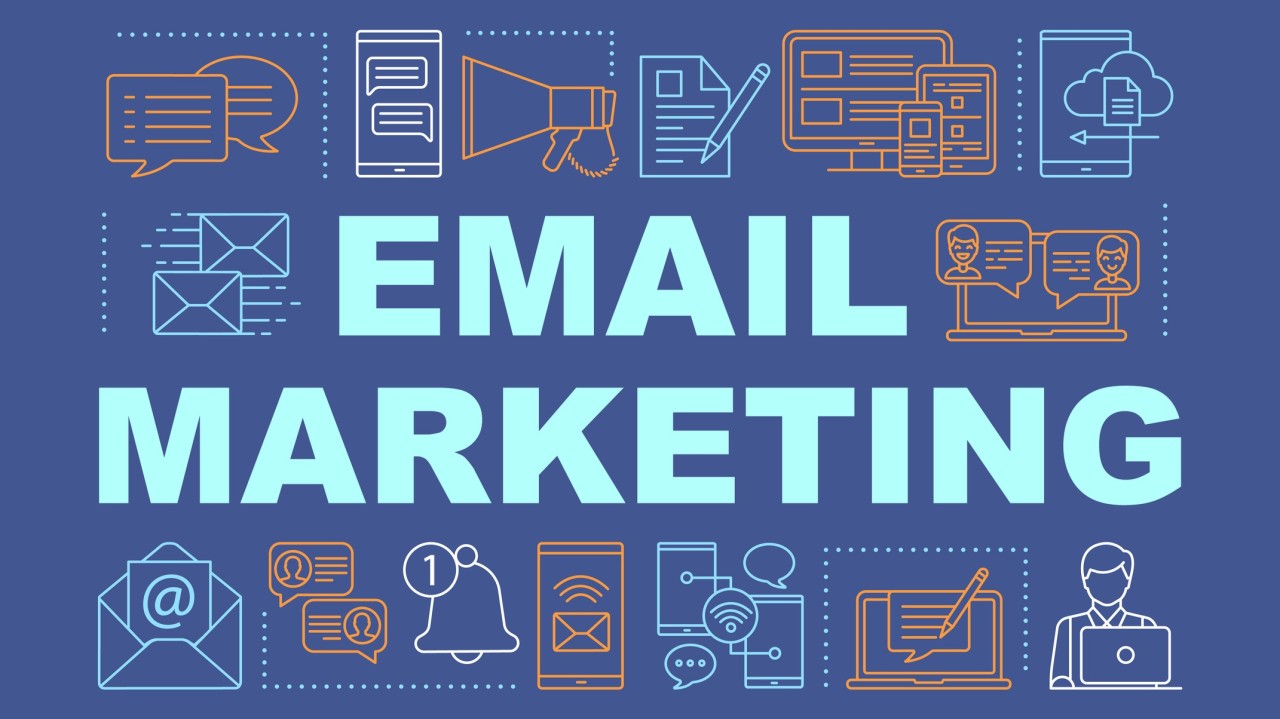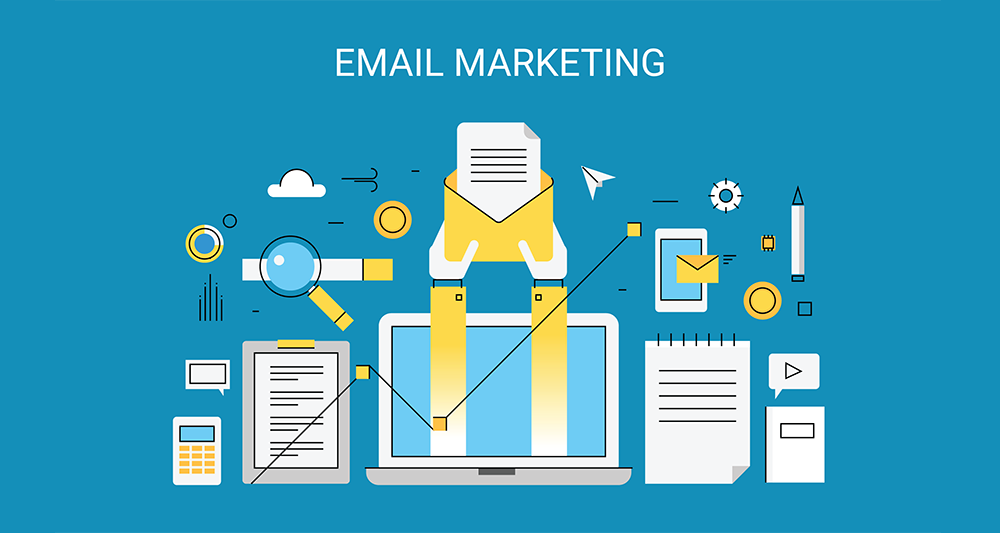FreshInbox founder Justin Khoo has spent his entire career pushing the web forward—from engineering at GE to building dot-com-era websites and exploring early mobile voice recognition. Now, he’s focused on bringing that same spirit of innovation to one of the most underdeveloped corners of the internet: email.
Why Email Fell Behind
Khoo believes email has been stuck for far too long. “You couldn’t do cool things with it,” he says, citing lack of client support and limited interest from service providers. His frustration sparked the idea for FreshInbox—a resource for email developers and a public platform to pressure email clients toward modern standards.
What began as a blog quickly gained the attention of major tech companies like Microsoft and Google. At the core of his critique: the industry-wide neglect of interactive email capabilities.
A Legacy of Caution
The limitations of email are rooted in security concerns. JavaScript, for example, is stripped from emails to avoid risks like malware. “With email, the risk comes to you,” Khoo explains, “so the bar for security is higher.”
Still, he argues that today’s tech is capable of finding safer, smarter ways to support interactive features. Especially frustrating is the inconsistency across platforms. On iOS, for instance, Khoo saw advanced CSS-powered interactions years ago, like LinkedIn’s app that allowed users to expand sender profiles within emails. Outlook, in contrast, remains far behind.
The Case for Coordination
Khoo believes that email clients need to work together to provide standardized support. Right now, developers are forced to rely on clunky, unreliable workarounds. “In an open-source world, that shouldn’t happen,” he says. “The support should be consistent, coordinated, and designed for interactivity.”
Building Demand from the Ground Up
For real change to happen, users must expect more from their email clients. That’s why Khoo makes interactive tools—like carousels and hover effects—freely available through his blog. The goal is to raise awareness by showing people what’s possible.
Retailers, he argues, stand to benefit the most. Interactive elements can reduce the friction between a customer and a purchase by mimicking website behavior inside the inbox. The better the experience, the more likely it is to convert.
Mobile: A Gateway to Better Email
Mobile devices are already ahead in the game. Clients on iPhones and iPads support richer HTML and CSS experiences. And according to Khoo, small screens actually complement interactive design. Uber’s email receipts are a great example—showing a clean summary with the option to expand for more detail.
The Long Road to Standardization
Despite his optimism, Khoo admits progress has been slow. Developer interest remains low, largely due to the inconsistent CSS support across clients. Gmail, often seen as a leader, still varies between its web and mobile interfaces.
Khoo has not hesitated to challenge big players. He once wrote an open letter criticizing Gmail’s shortcomings. “Everything we do now is basically a hack,” he says. But he believes that once adoption grows, even the biggest platforms will be compelled to respond.
A Future Without Hacks
Khoo remains hopeful. “In 5 to 10 years,” he predicts, “a major provider will implement a standardized, robust solution—and developers will jump on it.” That’s when interactive email will truly become mainstream.
4 Steps to Better Interactive Emails
Start with a clear message
No matter how dynamic your content is, clarity comes first. Khoo emphasizes that interactive elements must support a well-defined message or goal. The interactivity should enhance the story you’re telling, not distract from it.
Include instructions
Sometimes, users need a little help. Even a simple label like “tap here” can make a big difference. Subtle guidance boosts engagement without cluttering your design.
Be familiar
Don’t reinvent what already works. Familiar elements like hamburger menus or swipe gestures can ease the learning curve for readers. Mimicking web standards helps users navigate your email more confidently.
Test, refine, and test again
A/B testing applies to interactive content, too. Khoo suggests testing frequently to understand how users respond to your features. The insights can help you refine your approach and design more effective campaigns.




